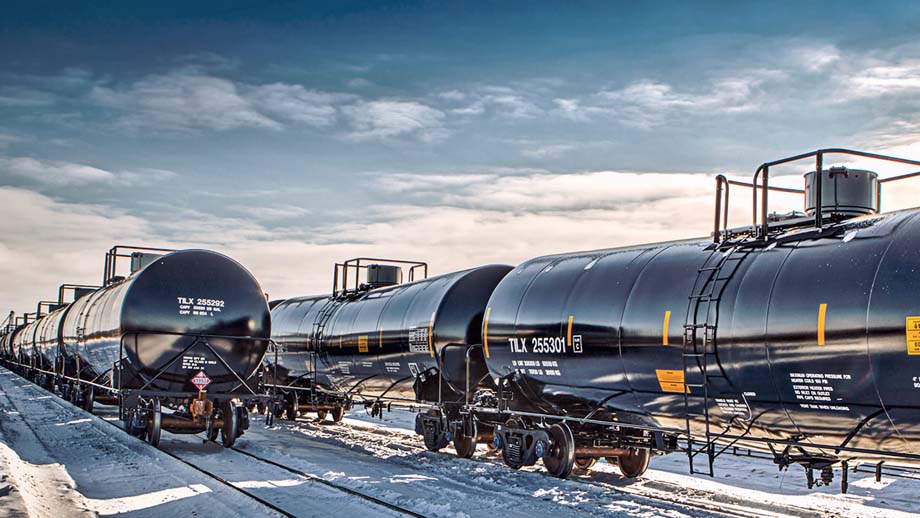
Ottawa Ontario - Transport Canada is proposing changes to the Transportation of Dangerous Goods
Regulations (TDGR) to improve safety and bring Canadian rules into alignment with international codes.
The proposed amendments to the Transportation of Dangerous Goods Regulations, are aimed at:
- enhancing buffer car requirements;
- strengthening emergency response assistance plan requirements for the transport of agricultural anhydrous ammonia
on public roads;
- aligning regulations with other federal rules on transporting dangerous goods;
- introducing new rules to match international codes;
- referencing and incorporating two new standards.
The proposed changes are geared towards addressing ongoing safety concerns, enhancing consistency across Canada, and
fostering international partnerships through regulatory alignment.
Buffer Cars
The regulations surrounding buffer cars in railway trains are not consistent with US regulations, for
example.
The US regulations require a minimum of one buffer car between a railway vehicle carrying dangerous goods and an
occupied railway vehicle for both unit trains (trains containing the same type of dangerous goods) and mixed commodity
freight trains (trains containing both dangerous goods and non-dangerous goods rail cars).
In Canada, unit trains are not required to add a buffer car, whereas the addition of at least one buffer car is
required on mixed freight trains unless rail companies believe that the addition of buffer cars would have a negative
impact on train dynamics (i.e. train movement along the tracks).
This misalignment between the US and Canadian regulations means that train shipments which remain in Canada pose a
higher-level safety risk for their crew than those that originate or are destined to the US.
Anhydrous Ammonia
The current regulations do not require an emergency response assistance plan (ERAP) for the transport of up to 10,000
litres of anhydrous ammonia (a toxic and corrosive gas used as fertilizer for its high content in nitrogen) in a tank
for agricultural purposes.
Current farming practices, however, often involve the use of multi-tank system configurations (i.e. up to four tanks
loaded with anhydrous ammonia on a single trailer) which can contain more than 10,000 litres of anhydrous
ammonia.
This practice endangers public safety and could potentially lead to an accidental release for which there is no ERAP
in place.
International Codes
Some provisions in the TDGR are not aligned with the latest United Nations Model Regulations on the Transport of
Dangerous Goods (UN Recommendations) 22nd edition.
The lack of harmonization between the TDGR and UN Recommendations creates confusion for Canadian stakeholders as they
must contend with multiple sets of requirements for both domestic and international transportation of dangerous
goods.
Several amendments designed to bring the TDGR into alignment with the UN Recommendations were developed and
pre-published on 26 Nov 2022.
However, not all amendments needed to support harmonization were included.
Given the high volume of amendments needed to support harmonization, and the highly technical nature of the amendments,
Transport Canada determined that, for practical purposes, the amendments should be developed and introduced in two
separate proposals.
As such, some amendments needed to support harmonization with the UN Recommendations have been included in this
regulatory proposal.
These changes to the Transportation of Dangerous Goods Regulations will affect the way companies and employees import,
offer for transport, handle, or transport dangerous goods within Canada.
Transport Canada continues to encourage a strong transportation system by taking steps to promote a safe and secure
transportation of dangerous goods regime.
Emily Atkins.
(likely no image with original article)
(usually because it's been seen before)
provisions in Section 29 of the
Canadian Copyright Modernization Act.

